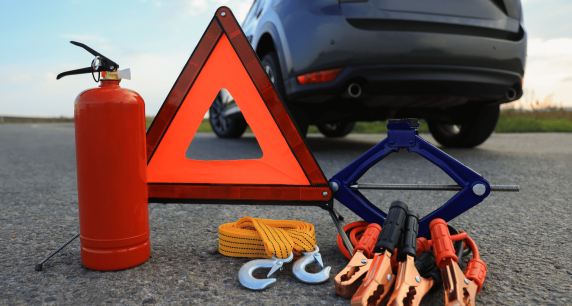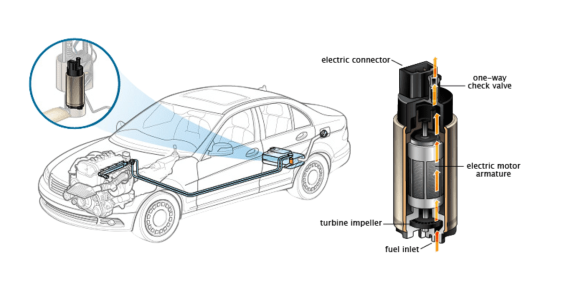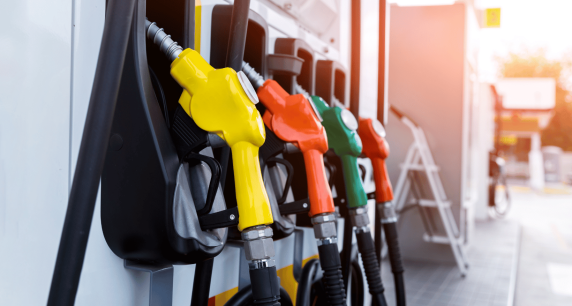When Should Wheel Alignment Be Done? Ensuring Your Vehicle's Stability and Safety
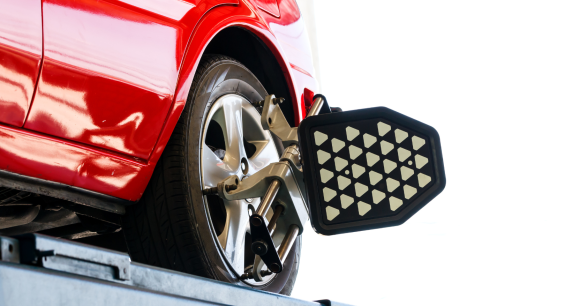
Proper wheel alignment is the most crucial aspect of vehicle maintenance that often goes overlooked. However, it plays a significant role in ensuring your safety on the road, as well as extending the lifespan of your tires and improving fuel efficiency. This article goes through the reasons why and when wheel alignment should be done, helping you maintain your vehicle’s stability and safety.

After Hitting Road Hazards
One of the most common reasons to check your wheel alignment is after hitting a pothole, curb, or any other road obstacle. The impact of such incidents can knock your wheels out of alignment, leading to uneven tire wear and compromised handling. Regularly inspect your wheels and have the alignment checked if you’ve recently encountered rough road conditions.
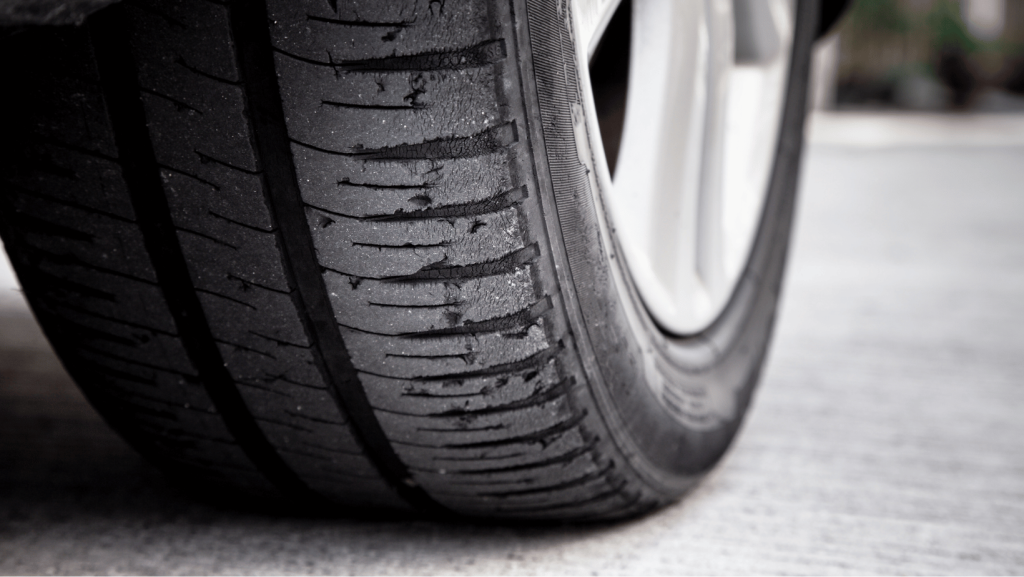
Uneven Tire Wear
Uneven tire wear is a clear indication of misaligned wheels. If you notice that your tires are wearing down unevenly, it’s time to schedule a wheel alignment. Ignoring this issue shortens your tires’ lifespan and poses safety risks, especially during adverse weather conditions.
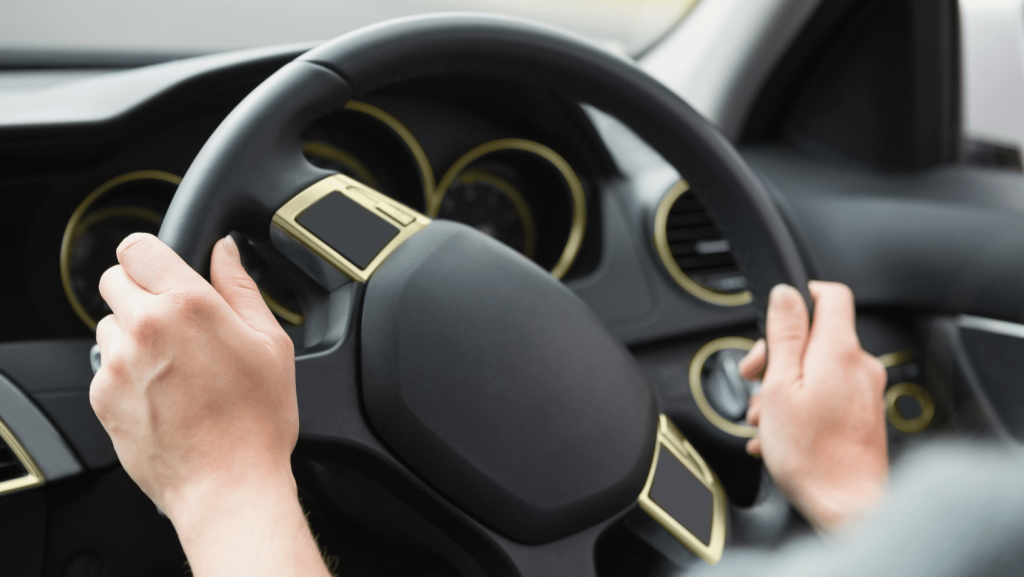
Steering Issues
A vehicle that pulls to one side or a steering wheel that is off-center when driving straight are signs of wheel misalignment. If you experience these problems, it’s essential to have your alignment checked as soon as possible at the nearest workshop. Proper alignment ensures that your vehicle drives straight and responds accurately to your steering input, enhancing overall safety and driving comfort.
Included in Regular Maintenance Schedule
Including wheel alignment checks as part of your routine vehicle maintenance can prevent potential issues from escalating. Many experts recommend an annual wheel alignment check, even if you haven’t encountered any specific problems. Regular checks can identify subtle misalignments that, if left unattended, could lead to more significant problems over time.
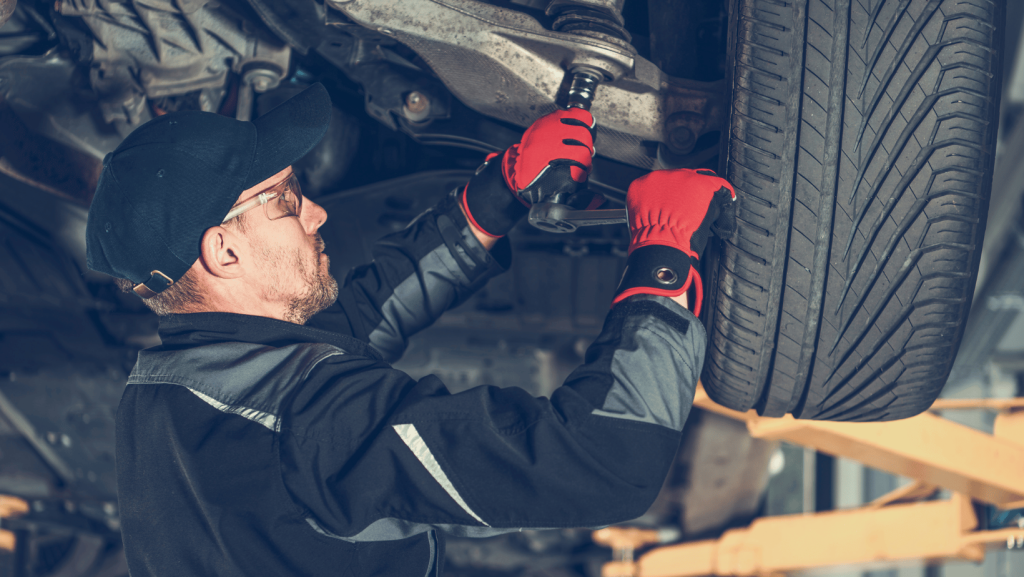
After Replacing Suspension or Steering Components
A wheel alignment is necessary whenever you replace crucial suspension or steering components, such as struts, shocks, tie rods, or bushings. New parts can alter your wheel alignment settings, and failing to realign the wheels can lead to uneven tire wear and compromised handling. To maximize the lifespan of your newly installed components and maintain your vehicle’s performance, get a wheel alignment after any significant repairs or replacements.
Wheel alignment is not just about keeping your vehicle moving in a straight line, it’s about ensuring your safety, enhancing fuel efficiency, and extending the life of your tires. By addressing alignment issues promptly, you’re saving money in the long run and ensuring that your vehicle operates at its best, providing you with a smooth, stable, and safe driving experience. Stay proactive about your vehicle’s maintenance, and remember that a small investment in wheel alignment can lead to significant dividends in terms of safety and performance.

